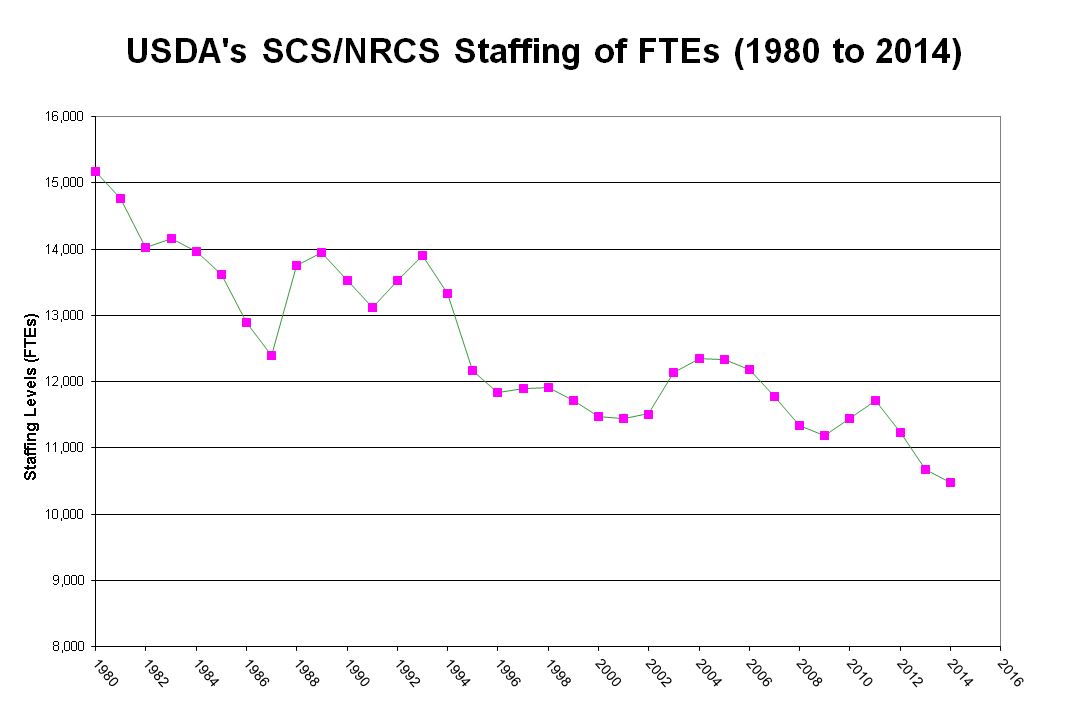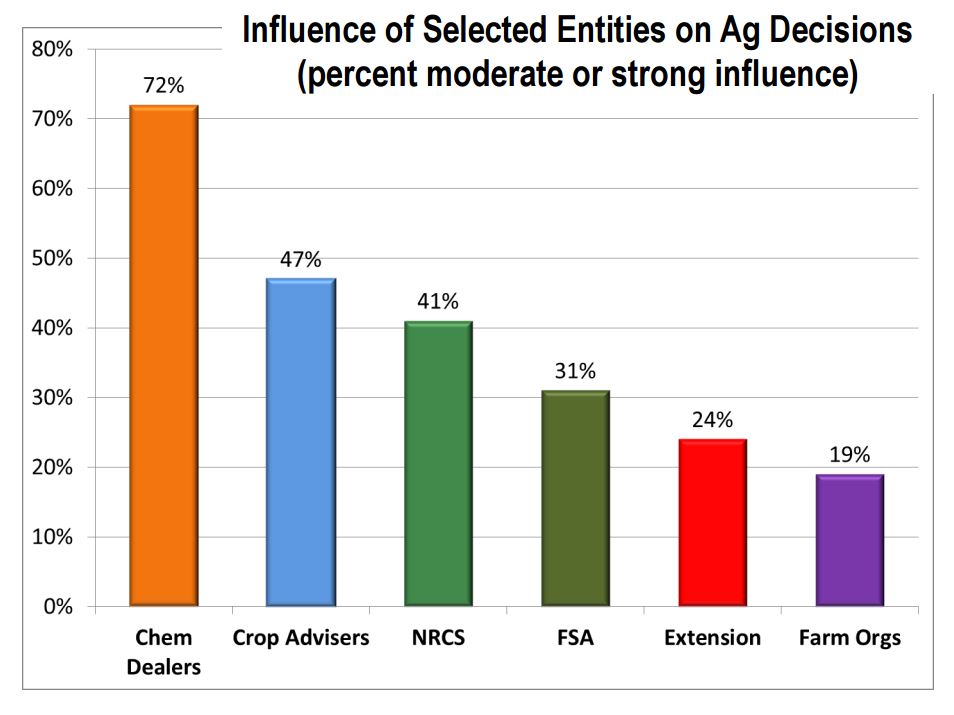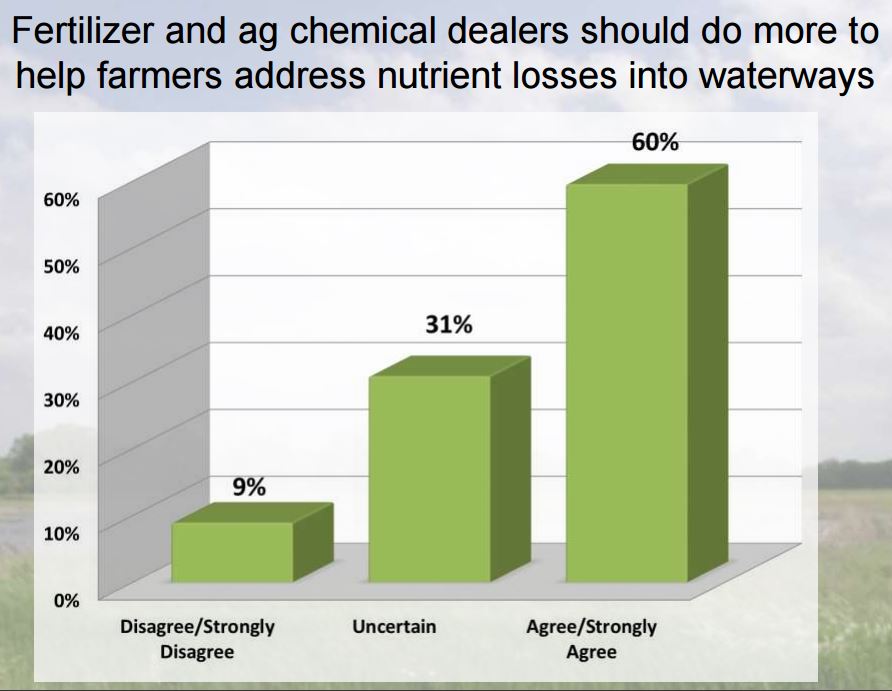Smack dab in the middle of Iowa, you will find Casey’s General Store headquarters. For those of you who have stopped at a Casey’s General Store, you realize this is one of the great businesses in the Midwest. Whether you are looking for gas, a slice of pizza, clean restrooms, or just a great cup of coffee, Casey’s is your place.
 After starting with one location, Casey’s General Store now has over 1,900 stores across a 14 state area. So why is Casey’s so successful? It is because Casey’s has everything a traveler needs, whether it is for a cross country trip or a trip across town. Instead of stopping at BP for gas, McDonalds for coffee, Walgreens for candy, Pizza Hut for pizza, or Hy-Vee for milk, you can get it all at Casey’s General Store. One might think Casey’s lacks focus, but I maintain Casey’s has incredible focus… they are focused on travelers.
After starting with one location, Casey’s General Store now has over 1,900 stores across a 14 state area. So why is Casey’s so successful? It is because Casey’s has everything a traveler needs, whether it is for a cross country trip or a trip across town. Instead of stopping at BP for gas, McDonalds for coffee, Walgreens for candy, Pizza Hut for pizza, or Hy-Vee for milk, you can get it all at Casey’s General Store. One might think Casey’s lacks focus, but I maintain Casey’s has incredible focus… they are focused on travelers.
In the busy world of agriculture, should ag retailers focus more on their clients and offer conservation services? These are my Top 5 reasons why I think ag retailers should lead the way…
1. Farmers are under pressure to implement more conservation
Look at almost any publication dealing with agriculture or the environment and you will find evidence that farmers simply need to do more. America’s water quality problems stretch from the Chesapeake Bay to the Central Valley and Lake Erie to the Gulf of Mexico. Just yesterday, I read a report in my local conservation newsletter that water samples collected between May 2015 and January 2016 from a stream in our county had nitrate levels that were 2.5 to 5 times higher than the safe standard set for drinking water.
2. Farmers need more help
There simply is not enough technical assistance to help farmers with their conservation needs. And now when farmers need help the most, conservation agencies are facing a declining workforce and it looks to get worse. I have often repeated, and have never been corrected, that conservation agencies assist only about 5% of farmers each year. Sure 5% of farmers may seem like a lot, but if an agency plans to see or assist each and every farmer, it would take 20 years. Can you imagine, as a retail agronomist, only making a sales call to a customer once every 20 years?

3. You are a trusted advisor
A 2012 survey of 5,000 Midwestern corn producers reported their most trusted advisor, when making decisions about agricultural practices and strategies, was their chemical and seed dealer. Usually that inner circle is limited to 5 or 6 advisors. Almost 100% of the time, the farmer’s ag retailer is one of those advisors. It only makes sense that the farmer would want that ag retailer to provide conservation services along with agronomic services.

4. Farmers want their ag retailer to engage in conservation
Last year, Dr. J. Arbuckle, Iowa State University Rural Sociologist, analyzed surveys of 1,128 Iowa farmers. A majority of farmers (60%) surveyed agreed that their fertilizer or ag chemical dealer “should do more to help farmers address nutrient losses into waterways.” Only 9% of the farmers reported they did not think their ag retailer should provide conservation services.
5. Client loyalty
The Rockefeller Corporation studied why customers leave one company for a competitor. They found 68% of clients leave a business because they believe the business doesn’t care about them. According to Lee Resource Inc., attracting new customers will cost your company 5 times more than keeping an existing customer. I would think these statistics also apply to ag retailers. Recently, a large ag retail executive informed me that their customer turnover was as high as 22% annually. I was surprised by that number. Obviously a commitment to customer retention should focus on the needs of a customer while at the same time maintaining the competitive advantage.

 Revisiting a Basic Standard of Care
Revisiting a Basic Standard of Care
Since water management has a major effect on soil and water conservation, land improvement and drainage contractors also could benefit from marketing conservation services on a proactive basis. For example, putting water storage in a large drainage system to reduce peak flows also reduces the size of mains and ditches needed downstream in the system (cost savings) and reduces streambank erosion below the whole system. Waterways, WASCOBS, ponds, terraces, controlled drainage, and even cover crops are all part of water management. For more on water management in rural areas see Fields to Streams: Managing Water in Rural Landscapes at z.umn.edu/FieldsToStreams
Thanks Les, that is an excellent resource for information. If anyone wants to access this website: http://www.extension.umn.edu/environment/water/fields-to-streams/
Nice article, Tom. Could you please provide the link to the USDA FTE data?
As one who has spent 27 years in Ag retail management, I appreciate the cause you present. When I consider the potential liability in “Errors and Ommissions” and others, I am wondering what the price tag would be to offer this. I am relatively certain a new department would need to be formed in many of the retail outlets. Will the potential farmer customer be willing to pay the price to cover the start-up costs and needed profit to continue providing the service? I wonder….
It is certain that the farmer/retailer relationship is a very strong one and would be a good place for such services. It would require its own core group of staff to be effective.
Cliff, I do think this will take some new thinking for ag retailers to begin to fill this space but it is already happening in Iowa and surrounding states. Respectively I disagree on the Errors and Omissions. Many of the practices ag retailer would recommend are management practices…which is only an extension of what they already do. As for the structural practices, I only know of one case in Iowa where a structural practice design for soil conservation on a farm has failed and caused property damage. And the damage was pretty minor. I cannot imagine a case where anyone could be held liable for the failure of a grassed waterway or a terrace.
The NRCS FTE numbers are direction for NRCS headquarters in Washington D.C. I obtained the data from 1980 through 2006 from Doug Helms, now retired. I obtained the remainder of the data 2007 through 2014 from Patty Lawrence, NRCS Chief of Staff.